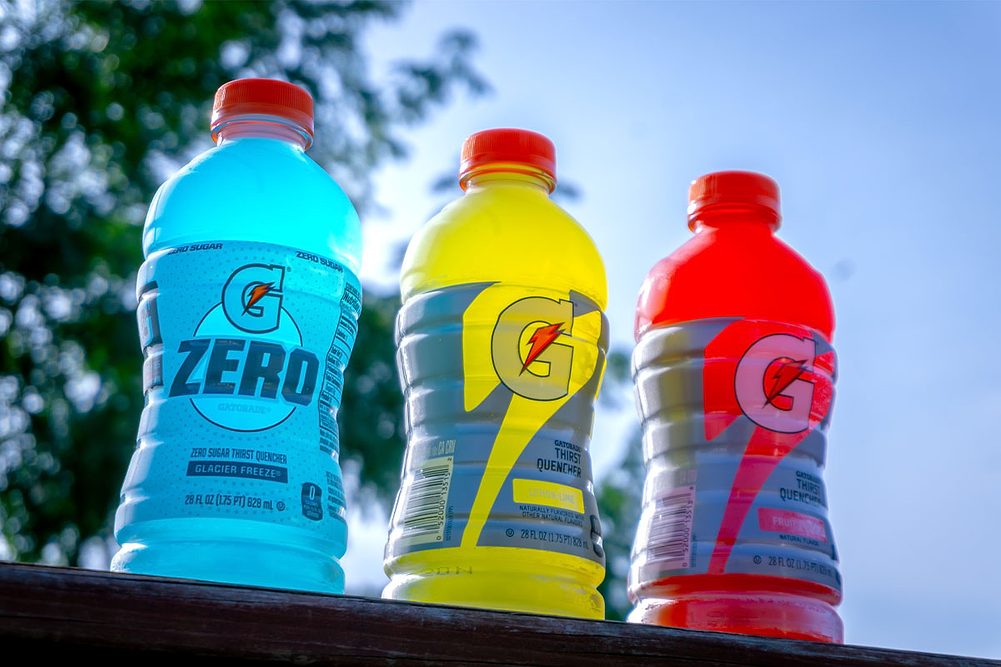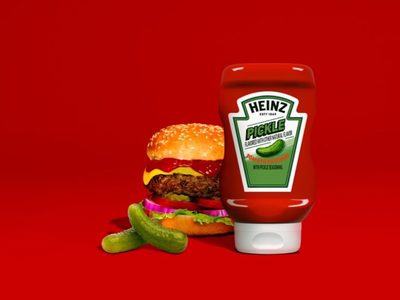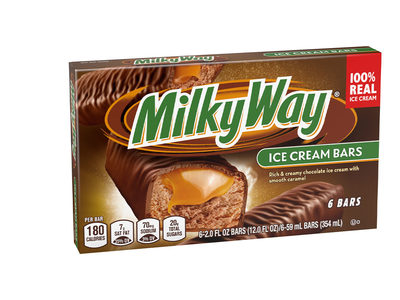PURCHASE, NY. — Different packaging sizes, both for snacks and beverages, is allowing PepsiCo, Inc. to appeal to a variety of consumer preferences, executives said in Oct. 10 comments on third-quarter financial results.
In the quarter ended Sept. 9, Purchase-based PepsiCo had net income of $3.09 billion, equal to $2.24 per share on the common stock, which was up 14% from $2.70 billion, or $1.94 per share, in the previous year’s third quarter. Net revenue increased 7% to $23.45 billion from $21.97 billion. Organic revenue increased 9%. PepsiCo now expects full-year core constant currency earnings per share to increase 13%, up from previous guidance of 12%.
Consumer preferences continue to evolve toward smaller packages that offer convenience, variety, portion control and value, company executives said in prepared remarks made available Oct. 10. PepsiCo executives are seeing sequential volume improvement, said Ramon Luis Laguarta, chief executive officer, in an Oct. 10 earnings call.
“There’s two big variables that we’re trying to optimize,” he said. “One is consumer interaction with our brands, and the proxy we’re using for that is units or specific purchasing act. And then the other one is obviously margin for the overall business, and those are the two variables that we’re maximizing. In both cases, units are growing much faster than volume, and we’re seeing consumers moving to smaller packs.”
Mr. Laguarta was asked about obesity drugs having any impact on PepsiCo’s business.
“So far, the impact is negligible in our business,” he said. “Overall, if you take global consumption, there are obviously a lot of question marks with regards to the obesity drugs when it comes to medical testing or scalability of the usage of this or what is the impact really on consumer choices. So a lot of question marks.”
Trends are impacting PepsiCo products favorably, he said.
“So we're seeing urbanization as a big driver of adoption of our categories,” Mr. Laguarta said. “We're seeing middle class development. We're seeing lifestyle and the people snacking to eat — some meals becoming more mini-meals and much more unstructured during the day — being a big driver of our categories, both beverages and snacks. So we're seeing a lot of tailwinds that will continue to drive our categories.”
In PepsiCo Beverages North America, net revenue of $7.16 billion in the third quarter was up 8% from $6.64 billion in the same time of the previous year. Gatorade delivered net revenue growth in the double-digit percentages. Bubly had net revenue growth in the high single-digit percentages, and Pepsi and LifeWTR each delivered net revenue growth in the mid-single-digit percentages.
PepsiCo in beverages will continue to invest in zero-sugar beverages and will introduce sustainable packaging options by rolling out paper-based solutions to replace plastic rings across multipack beverages.
In Frito-Lay North America, net revenue of $5.95 billion was up 7% from $5.56 billion in the previous year’s third quarter. Packaging options diversified with multipacks, variety packs and the introduction of Frito-Lay Minis that are bite-size versions of Doritos, Cheetos and SunChips packaged in an easy-to-pour cannister.
In Quaker Foods North America, net revenue in the quarter increased 5% to $747 million from $713 million. Organic revenue increased 5%. Quaker continued to invest in variety packs by launching Quaker On-The-Go Snack Mix and Quaker Chocolately Favorites Snack Mix.
PepsiCo’s International business achieved 12% organic revenue growth. Investments in manufacturing capacity will increase the reach and presence of products, executives said, adding localized flavors will increase snacking occasions.
Through the first three quarters of the fiscal year, PepsiCo companywide had net income of $7.77 billion, or $5.62 per share on the common stock, which was down 7 % from $8.39 billion, or $6.04 per share. Net revenue increased 9% to $63.62 billion from $58.40 billion.





